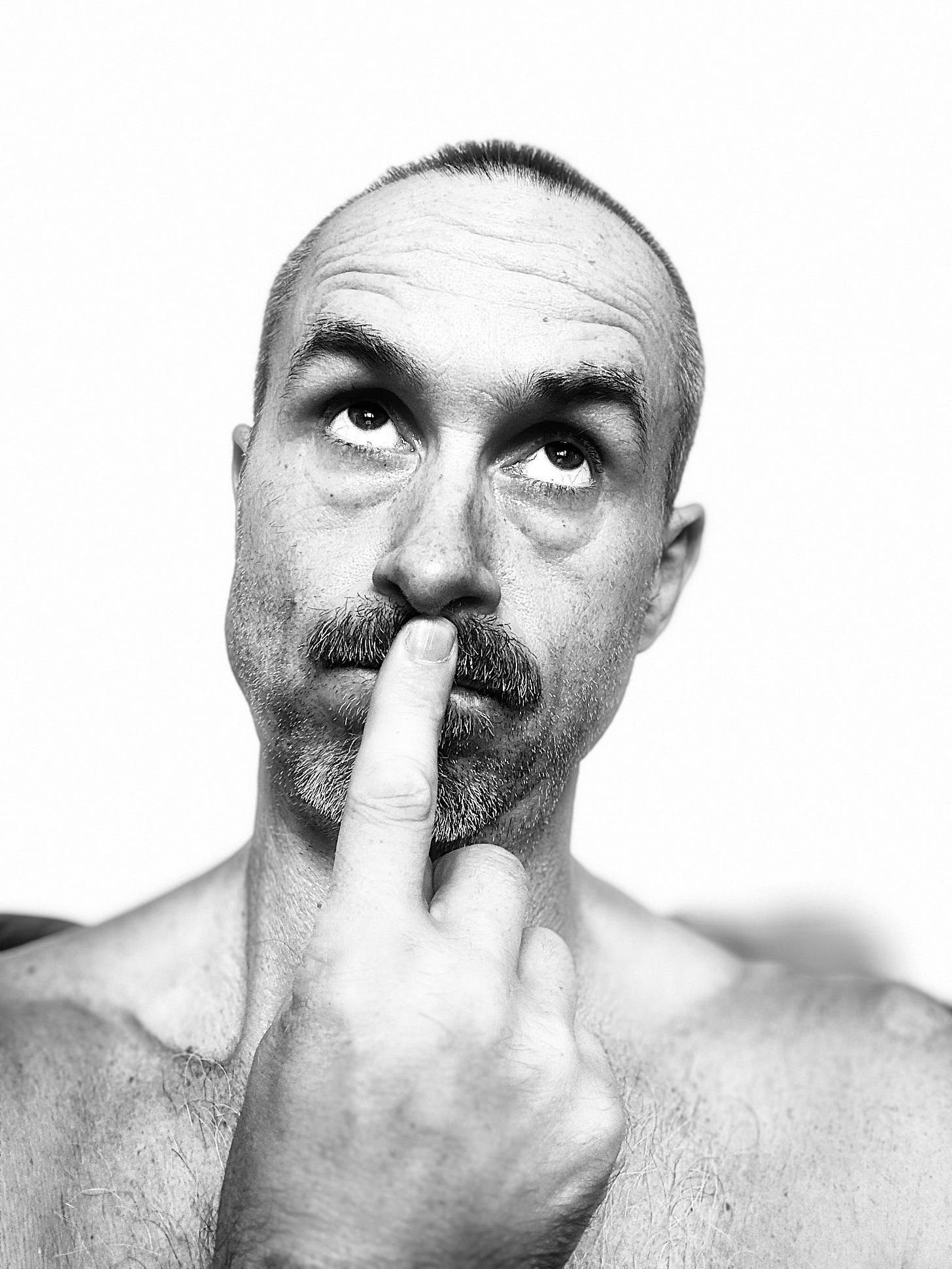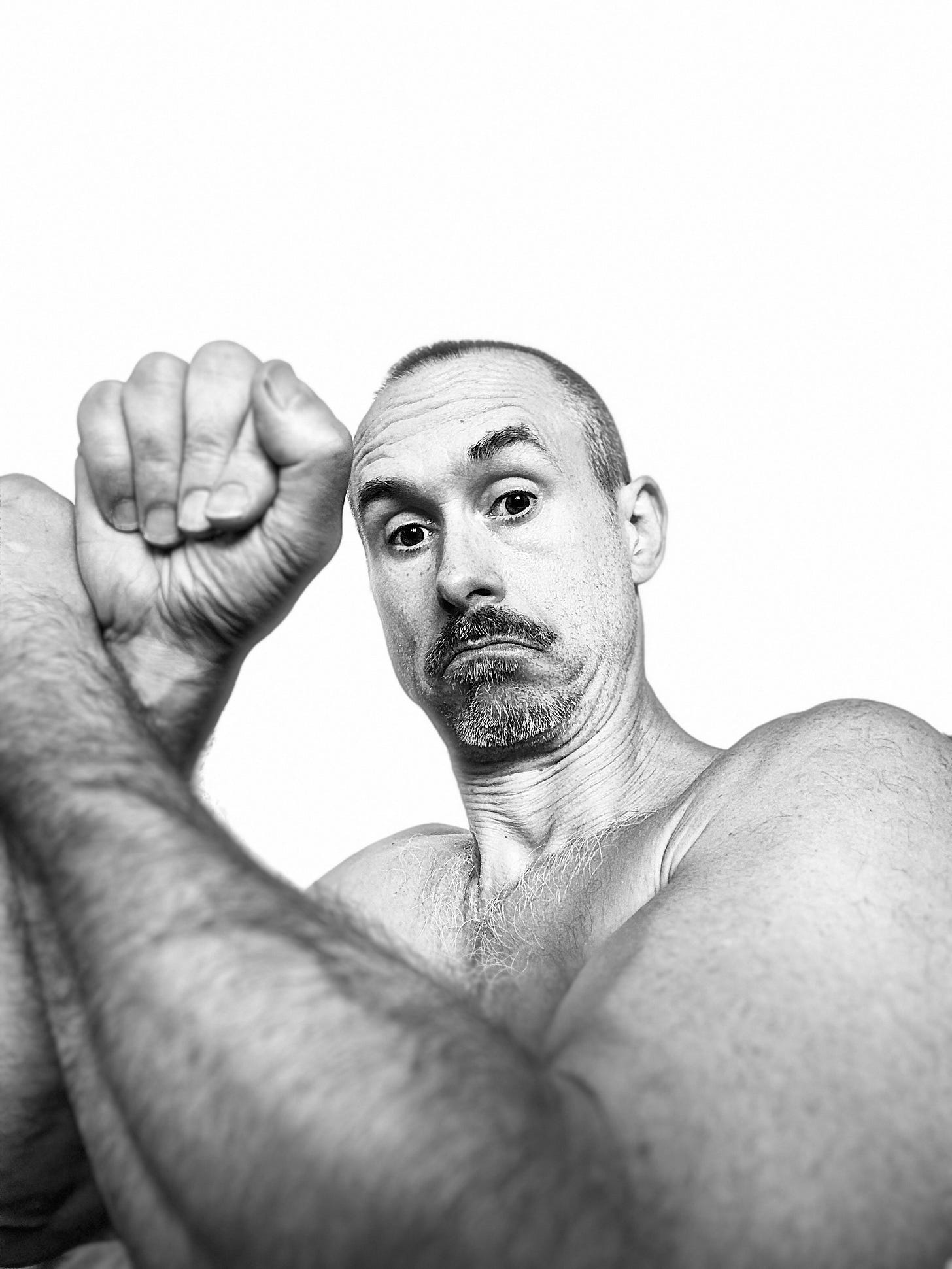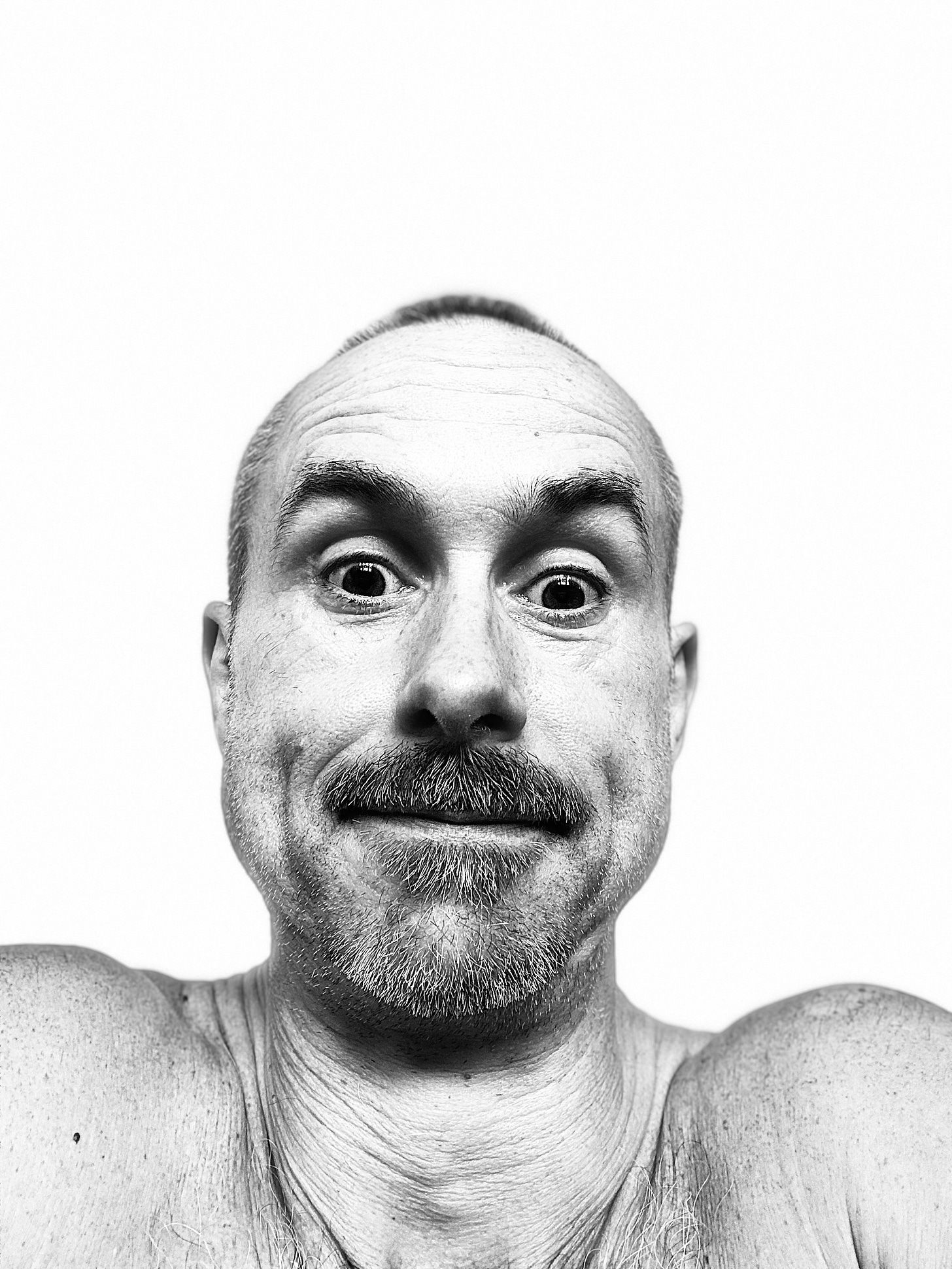There are two things you need to do in order to study. The first is to begin, and the second is to continue.
Beginning… the why?
I was recently celebrating my fathers birthday, though the story I am about to tell is by no means limited to these kind of do’s, but a couple of my family members took the opportunity to tell me how they were concerned at how their bodies were feeling a bit elderly, and they didn’t know what they could do about it. This story concerns Ted, the next concerns Ken.
The first thing which springs to mind is how these conversations seem to occur when no-one else is listening, as though the questions they want to ask are not ones they’d like others to hear. Yet these questions concerning somatic fragility are ones which concern us all! So why are we afraid to voice this privileged fragility? Better to voice it now than wait until the body can no longer do anything about it, no?
Tea with Ted
Ted, my Fathers brother, is still bright as a polished button, a brass button, especially a button celebrating their 90th birthday soon. During a lull in the hubbub of conversations, especially when some of the attendees, like Ken, are naturally very loud individuals, softly spoken Ted began to talk to me of how he was recently looking at the book I wrote many years ago. When I say Ted is soft spoken, realise that this is a situation where in order to hear what he was saying, I had to turn and lean in. He spoke of the pictures showing shapes and exercise, mentioning how some of the movements in the book looked quite challenging. To which I thought, “understandable really, since the book was not aimed at almost aged out octogenarians”.
I listened intently, as hearing someone sincerely asking for help seems to be the sound which makes life a little brighter, as all these many years and hours of practice inside me may be able to help someone. So, I began to suggest alternatives to lying leg raises, doing my best to gently express that the issue wasn’t necessarily learning leg raises and practicing press-ups, but the task of staying upright and strengthening our standing muscles. The silence which followed had an air disappointment, as perhaps the simplicity of regularly sitting in and out of his chair, seemed to trivialise the importance of what he was expressing.
The conversation swerved…
“But what can I do for my arms and shoulders?” He added.
… this swerving happened, as many of these conversations seem to, toward an alternative, subsidiary area of concern. The fact that his arms needed some attending to is still valid, but it drew us away from the fundamental task at hand. Almost as if when a suitable solution is offered, another need automatically raises its problematic point, for it too wants a chance to be voiced and attended to. This drive to find a resolution is an excellent energy to ‘begin’ a practice, but one of the main problems in the way, is finding a solution which fits…
There followed a brief dialogue on the difference between the isometric arm exercises he demonstrated, and my recommended banded exercise arm regime which my father, his brother, had been using to great effect. Interestingly, the fact that his decade younger sibling was doing something effective in the area he needed, seemed both a boon and mild source of contention. Which always strikes me an example of how these needs born from necessity still can carry some of a need to be recognised as not just like someone else, but in some ways unique to ourselves. But then again, in our reality this is absolutely correct, for who, apart from ourselves, is truly equipped to change it. Few teachers can fully heal and remove the obstacle we carry. Even if they can, it will require a full and absolute surrender to this teacher, after which, there may well be a process of reclamation, returning orientation to our own centre, not just sending others to the “light over there’, but acknowledging it is also within us. Also, even if these teachers can remove all traces of certain karmas, why are they taking responsibility for lessons which are essentially ours to learn from? For we have to begin the process of study. We alone have to choose the opportunity, to consciously take responsibility, make a decision, carve out some time, and give it a go.
Sometimes we fall into practice as if it is what life intends for us. For instance I recently heard a story of a Buddhist teacher who, at the site of a book, saw their current successful life was an illusion they were acting out. Life circumstances then all too synchronously aligned to make the transition from layman to Nun the only choice, wherein all attachment to the old ways fell away like leaves in autumn. This of course is an extreme story of practice, yet the essence it holds is true to all the successful dishes of practice we begin to bake into our lives. They often feel like they happen at ‘just the right time’.
The seed had been served…
I tried to guide our conversation back to the potential benefits of “stand up, sit-down, keep moving’. Which allowed the next natural pivot towards how and when do they fit this new ‘one finger and thumb’ regimen?
They say that the natives of the America’s could not see the colonial Spanish ships because they had no reference for it. Can the same be said of practice programs for the untrained? In theory, it all sounds so simple; for what could be simpler than taking time to consciously ‘stand-up, sit-down’ and keep moving? But invariably the need needs context; like for how long, for how many reps, what time of day, what speed, what height of chair? These question filled conversations when held amongst younger folk, especially regarding more complex and nuanced practices, can also include fabulously less relevant subjects like what to wear, lighting, and ‘is it ok to include music’ to name a few. Questions are great, because ‘questions bring clarity!” However, I prefer reducing things down to their essentials, and if you’re getting the essential expressed within your practice, if you’re attaining the essence, then that is great a practice irrespective of when you do it, what you’re wearing or what shape you found it in. The key is truly knowing the outcome you’re looking for, and if you know this at the very beginning, it can lighten the inertia of beginning a practice.
Finding soil for the seed to germinate…
The simplicity of ‘stand-up, sit-down’ managed to find a home when Ted told me his secret of staying to mentally sharp. Days spent at his table with quizzes, conundrums and crosswords keep his Doctorate synapses from becoming gridlocked and firing like a formula 1 track. It was here I saw how the physical discipline and application of ‘one finger, one thumb’ could find their home. After all, the easiest way to develop a new habit is to add it after or even better, inside a pre-existing one.
“What if you celebrate each time you find a solution, or complete puzzle? What if you stood up, stretched and walking around the table?”
Though the suggestion was left with silence, the space within it had a whiff of receptivity, which I took as a positive. Especially as there had been a little resistance to making a specific exercise from it, so I continued…
“Before you get set on a new path, it is often best to get a taste for what’s on offer, a bit like walking round the block everyday before you sign up for a long ramble on the downs. So before you prescribe your to soul to the purgatory of programmed mundane movements, why not integrate them to enhance something you already enjoy!”
{I’m not sure if you can believe I talk like this in real life, but stories, like practice, often fair better with a re-telling…}
This too was met by another silence, to which I realised I was most definitely a Monks, as the men all seem to have a quiet quality. This silence, though not fully rejecting of the idea in full, it felt like something was lacking, so I tried an alternative route into the familiar; that of his love of science and prayer.
“An alternative is that you look at the many variable within this simple movement, like how deep can you squat, where are your feet and how does the foot placement alter the experience, how many repetitions until you feel some muscles begin to ask for your attention, what muscles are they, and then how does this change over the days you practice…”
I carried on with my nerdy dissection of the nuances available when you pay attention, and although my initial words seem to catch his attention, but understandably, he wriggled free as my inner nerd went on too long.
Seeing that I did my usual thing of rambling on, I turned my attention to his second love, that of prayer. Ted’s faith is way quieter than his conversation volume, yet it underpins the foundations of his formula 1 mind. So I tried one final appeal to this:
“Movement gives us an opportunity to honour the space of prayer that resides within the body. Each time you stand and consciously connect to the floor through your feet, the space available to offer thanks grows to the perception of our body and beyond. Standing as a celebration of puzzle solving allows you to celebrate with your whole body, which in turn keeps the body as active as the mind. Squatting in and our of your chair can offer you great exercise, but this in turn serves us the space of awareness after, where the muscles relax, the breath returns to its steady cadence, and the mind seeps into the body. Here is the perfect opportunity to reflect and give thanks, as not only will the mind think it, but the body will reflect it too.”
By now the noise from Ken and Co, was hooting up again, and the call for teas meant my role as host was needed in the kitchen. As I left this rather lovely conversion with Uncle Ted, I wondered what went in, what landed and whether the seed would take root? I offered to help, as I always do. The familiar smile told me that this wasn’t necessary, and so this potential practice would have to fend for itself in the terrain of Ted. I will inevitably ponder this until we meet again, during Christmas celebrations, or at his 90th bash, where I will make a point of enquiring; “how are your legs and arms? Did you manage to get them stronger?”.
The truth is I care so much about practice, undoubtably more than I should due to my own history. This means I have tendency to really care, probably over-care for anyone wishing to start one, especially when that seed and strain of practice was provided my me. Knowing how beneficial practice can be, means I am burdened by the desire to want people to start.
Granted a good practice will unearth lots of stuff we’ve had buried away, but I feel this is better birthed in this lifetime than being buffered by it in the realms of bardo.
We somehow need to simply begin.
Don’t get me wrong, it is unlikely you will start with a practice which will serve you throughout your life, and if you do, it still wont be easy nor look the same after forty years of devotion. But it will lead you on a path of such wonder, I feel it worth the cost of “oh, all right then, I’ll give it a go”.
I will lean into other aspects of study like the benefits of one practice vs many and vice versa for another essay, for next week we look at Ken and conundrum of “continue”, which is the second half of Charles’s equation on practice.
I do hope this study on study has been entertaining, and I thank Ted for the inspiration. Life offers us what we need, and perhaps we can all benefit from practicing what it invites its to explore.
Until next week, remember; ‘one finger, one thumb, keep moving…’





I liked that you started with your version of John Kells' guidelines for practice, '1: begin T'ai Chi. 2 Continue T'ai Chi.'